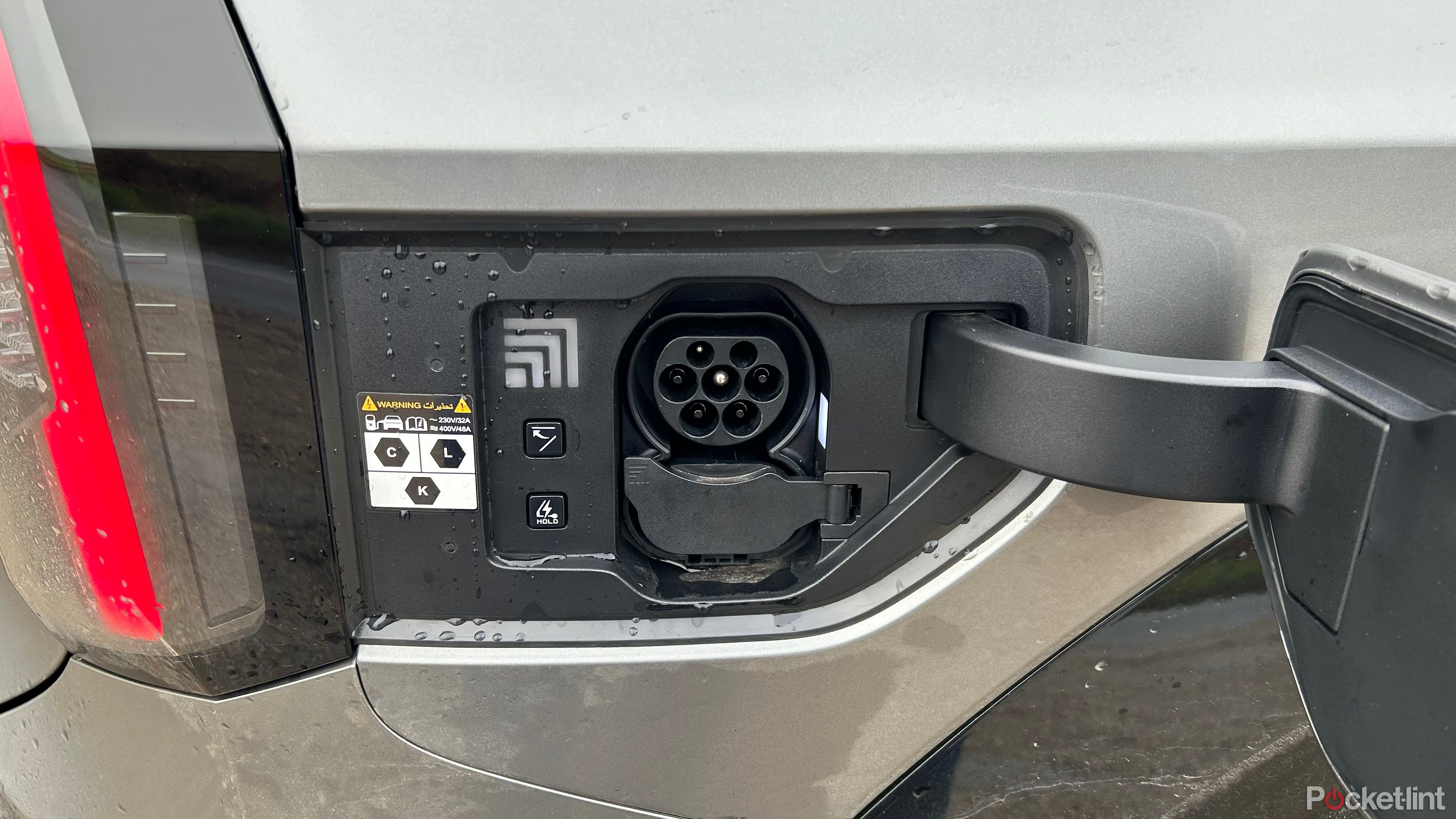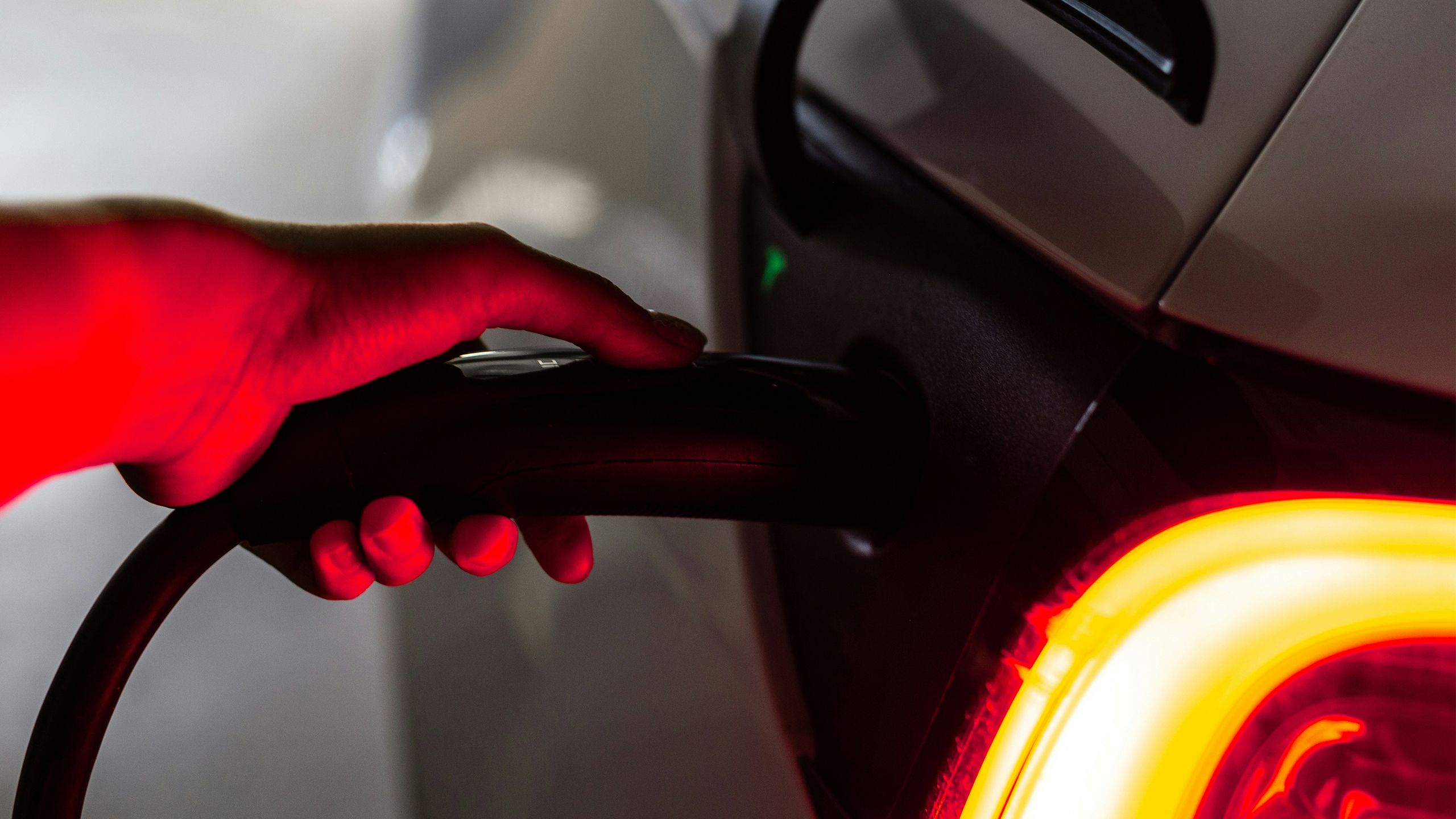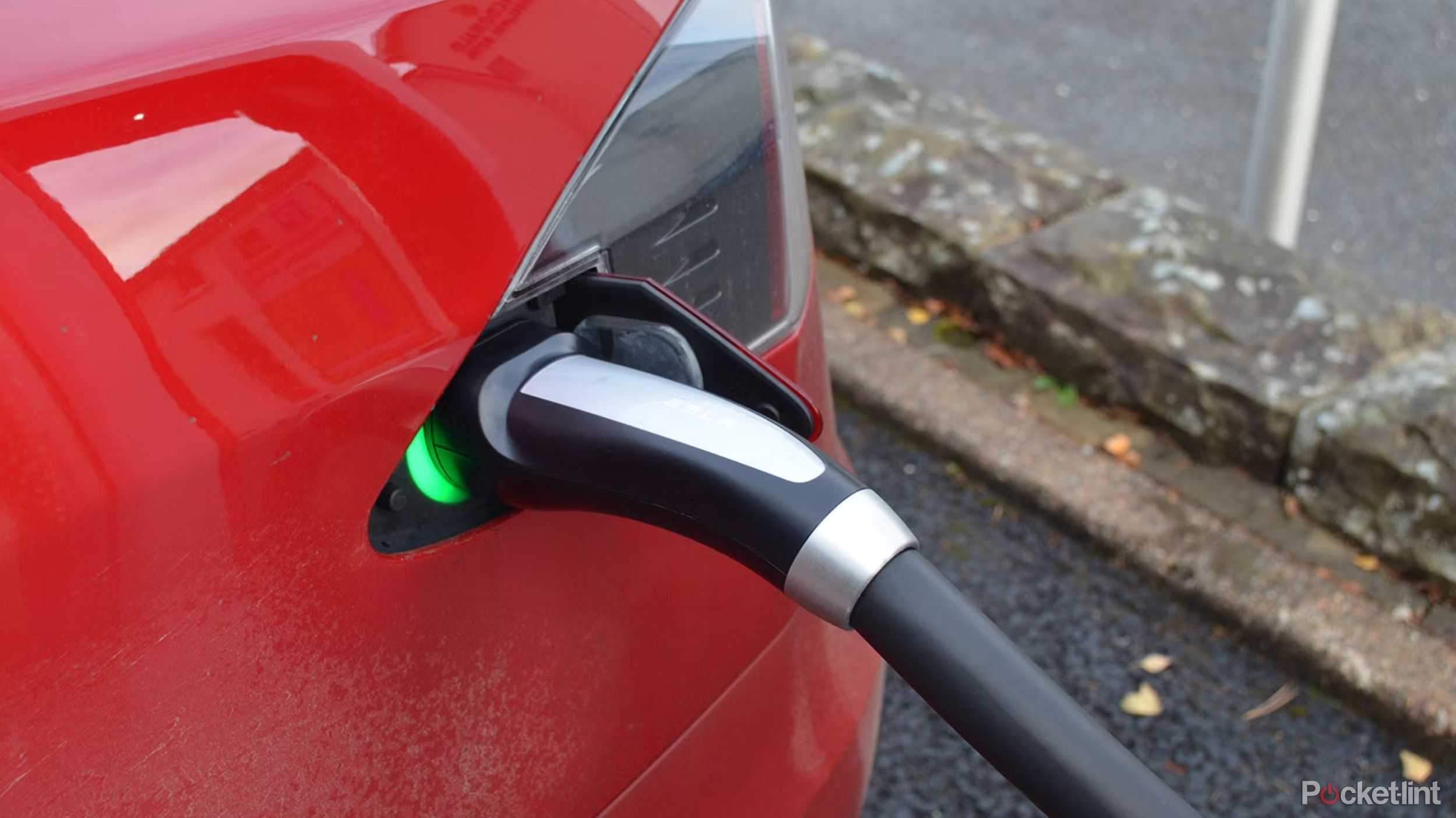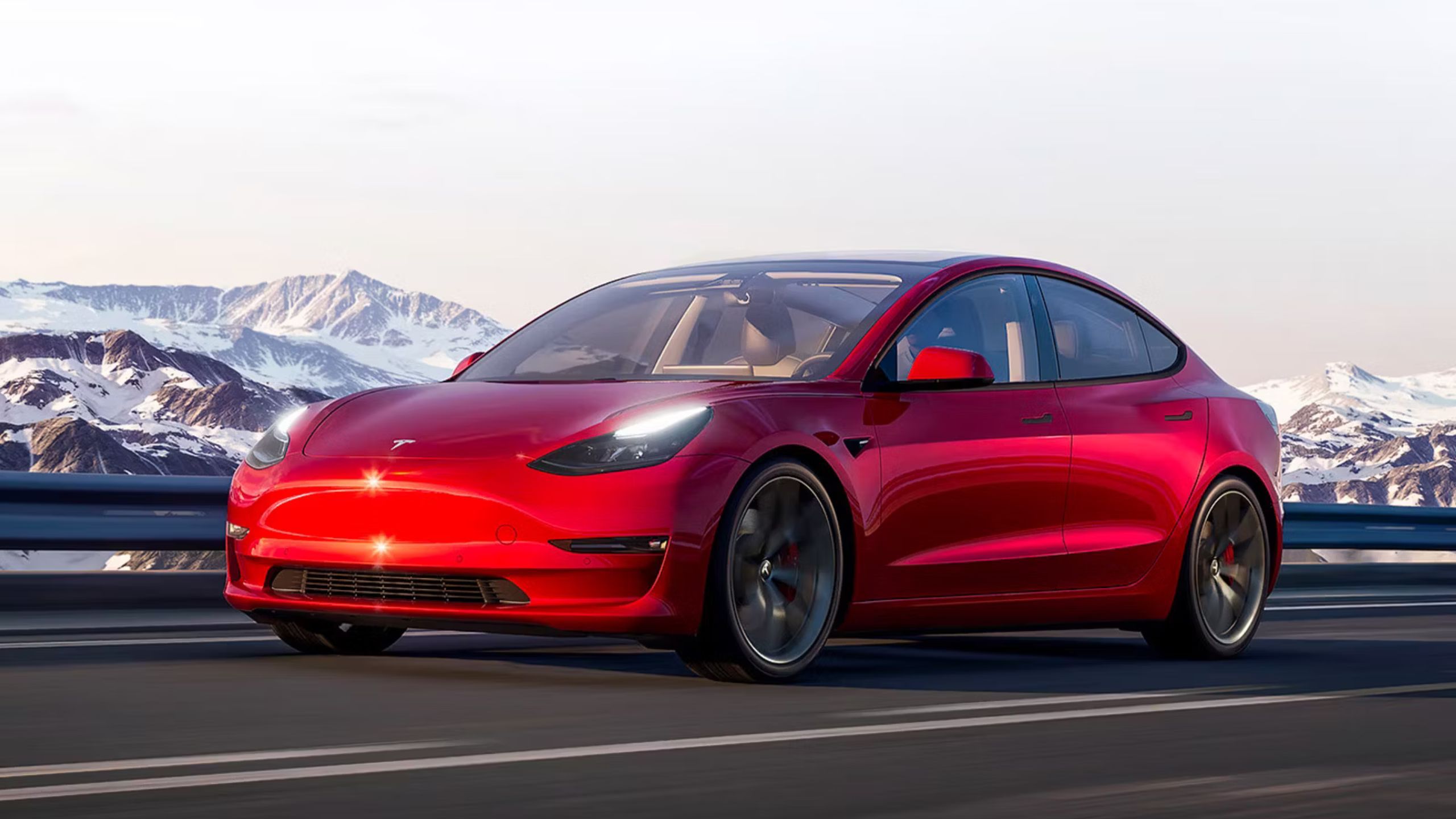Key Takeaways
- Switching to an electric car is easier, but availability, price, and psychological barriers remain.
- Existing mental models hinder EV charging habits; we need to shift to prioritize plugging in.
- Improving infrastructure, education, and adopting new charging habits are key to unlocking the benefits of EVs.
In some sense, it’s easier than ever to switch to an electric car. There are great options to choose from, whether you’re buying from a classic carmaker or a company that exclusively makes electric vehicles like Rivian or Tesla. But from another angle, even if the options have improved, availability and even more importantly, price, haven’t. You still have to be willing to wait weeks or months for the car you want, and you likely won’t be able to get it for under $30,000 without tax credits.
Larger psychological barriers remain, too. “Range anxiety,” the generalized worry that you’ll run out of charge before you reach your destination or a place to plug in, is helped by the growing size of car batteries and the adoption of Tesla’s more mature charging network and standard, but it’s still a hurdle to switching from gas.
We think about charging wrong, and it not only makes owning an EV more difficult, it could be leading EVs and the infrastructure that supports them in the wrong direction.
What EVs qualify for the US government’s $7,500 tax credit?
Here’s everything you need to know about obtaining a government rebate on a new EV.
“Mental models guide electric vehicle charging,” a new article by Frances Sprei and Willett Kempton published in the journal Energy and available now in open access, suggests that the mental models many of us apply to charging are so caught up in our understanding of liquid fuel cars that they keep us from adapting to the conveniences of EVs. We think about charging wrong, and it not only makes owning an EV more difficult, it could be leading EVs and the infrastructure that supports them in the wrong direction.
 Moving past liquid fuel
Moving past liquid fuel
Sprei and Kempton spoke to both experienced and novice EV owners in the US and Sweden to identify three different mental models that drivers use to guide their charging habits. Either they’d monitor the gauge of their car (“monitor gauge model“), and use the remaining battery percentage or mileage to determine when to look for a charger, plan their trips ahead around the availability of chargers and charging stops (“planning model“), or charge their EV based on specific events occurring throughout the day, like arriving home from work (“event-triggered model“).
Both the monitor gauge and planning models can just as easily apply to gas cars as they do to electric cars, but the event-triggered model is unique to EVs, primarily because of how different the experience of “fueling” them is. As the article notes and Kempton was quick to remind me over Zoom, the research participants had an understanding of how gas cars work, but a much looser grasp on the specifics of electric batteries and charging.
A phone acts as a handy analogue, and EVs do often represent charge with battery graphics, percentages, and remaining mileage, but charging an EV is very different from charging your phone or putting gas in a car.

How Tesla’s NACS plug became the de facto EV charging standard
And why that’s a good thing for the auto industry.
“Electric refilling is slow, but the user-engaged process of connecting and starting the refill process is fast, faster than petrol,” Sprei and Kempton write. While refueling a car with gas has a lot of initial friction (opening the fuel lid, unscrewing the gas cap, swiping your card to pay, and making sure gas actually makes it in your tank), filling up your gas tank takes minutes. EV charging is practically the reverse.
On the right charging network, powering your EV is as simple as opening a charging port and plugging in a charger. The only problem is charging takes hours, rather than minutes. Fast chargers exist, more are being installed, and EV battery capacity continues to grow, but reconciling the fundamental difference between refueling a gas car versus an EV one is a question of adopting a new way of thinking, not necessarily waiting for technology to advance.
EV charging is practically the reverse. On the right charging network, powering your EV is as simple as opening a charging port and plugging in a charger.
The unconscious solution to the problem that both the experienced and novice EV owners share is tying “plugging in” to a specific event, be it taking your dog for a walk, coming home from work, or going to the grocery store. If they could turn charging into a habit rather than a response to external information on a gauge, range anxiety would go away.
“As novices acquire appropriate EV mental models, their focus moves away from how much time it takes for the vehicle to transfer energy, to how little time it takes for them to plug-in,” Sprei and Kempton explain.
If you’re plugging in before going to bed, your car will typically be ready to go the next day. If you plug in while you run errands at a shopping center, you should have enough charge to get home. Tying the decision to charge your EV to a larger choice that needed to happen anyway turns your car’s battery from a problem to be solved to just part of your routine. It also doesn’t limit you from applying other models. Planning ahead with your EV’s app and a map of available chargers is still useful for long trips, even if you typically fall into an event-triggered model.
 Shifting the model
Shifting the model
Making that shift to a new mental model doesn’t necessarily come naturally to EV owners, and when I asked Kempton why some of the research participants had not made the jump to an event-triggered model, his explanation was simple: “A lot of it has to do with time.”
It takes time to break habits and shift modes of thinking, especially when we’re drawn to things that require fewer and simpler decisions. As Sprei and Kempton’s article notes, there should be more education and better infrastructure to facilitate that change too. That could come from carmakers who sell cars offering strategies for how to use your EV before driving off the lot.
It could also come from policy makers who, as Sprei and Kempton write, should “incentivize low-cost, easy-authorization charging in areas where people sleep or work but have no dedicated parking spaces.” Third-party companies can help, too. “There’s a company in Brooklyn building curbside chargers called ‘It’s Electric’ trying to solve the problem,” Kempton says. However it happens, you shouldn’t need to be a homeowner to have an event like parking your car trigger charging.
It takes time to break habits and shift modes of thinking, especially when we’re drawn to things that require fewer and simpler decisions.
Improving infrastructure and education could free EVs from having to be so similar to traditional gas cars. “If you’re aiming towards doing internal combustion vehicles and trying to get to batteries that have a range that are exactly the same…that means a lot of battery capacity that’s not going to be used,” Sprei says. Larger batteries have been one of the ways carmakers have eased range anxiety up until this point, but they come with trade-offs.
A big, heavy battery might allow you to drive longer without recharging, but it eats at the benefits EVs are supposed to provide. “They increase the price of the vehicle, so it makes it harder to get more price competitive. They’re heavier, so you need more metal extraction and scarce resource extraction for it,” Sprei explains. “And with heavier vehicles, you also have more wear and tear of roads, so you get more particulate matter in the air. So the polluting effect of EVs increases.”

Everything we know about Tesla’s $25,000 ‘Redwood’ crossover
According to Elon Musk, Tesla’s most affordable EV yet could arrive as soon as late 2025.
Electric vehicles are often treated as an easy band-aid to the CO2 problems that ail us, but the reality is more complicated. They’re part of the solution, and using them right requires some work. That doesn’t mean that learning how is insurmountable. The end result is worth it. In Sprei’s words, “once you’ve got them, once it’s clicked on how you should do it, it’s actually easier to have an EV than an internal combustion engine vehicle.”
Trending Products

Cooler Master MasterBox Q300L Micro-ATX Tower with Magnetic Design Dust Filter, Transparent Acrylic Side Panel…

ASUS TUF Gaming GT301 ZAKU II Edition ATX mid-Tower Compact case with Tempered Glass Side Panel, Honeycomb Front Panel…

ASUS TUF Gaming GT501 Mid-Tower Computer Case for up to EATX Motherboards with USB 3.0 Front Panel Cases GT501/GRY/WITH…

be quiet! Pure Base 500DX Black, Mid Tower ATX case, ARGB, 3 pre-installed Pure Wings 2, BGW37, tempered glass window

ASUS ROG Strix Helios GX601 White Edition RGB Mid-Tower Computer Case for ATX/EATX Motherboards with tempered glass…










